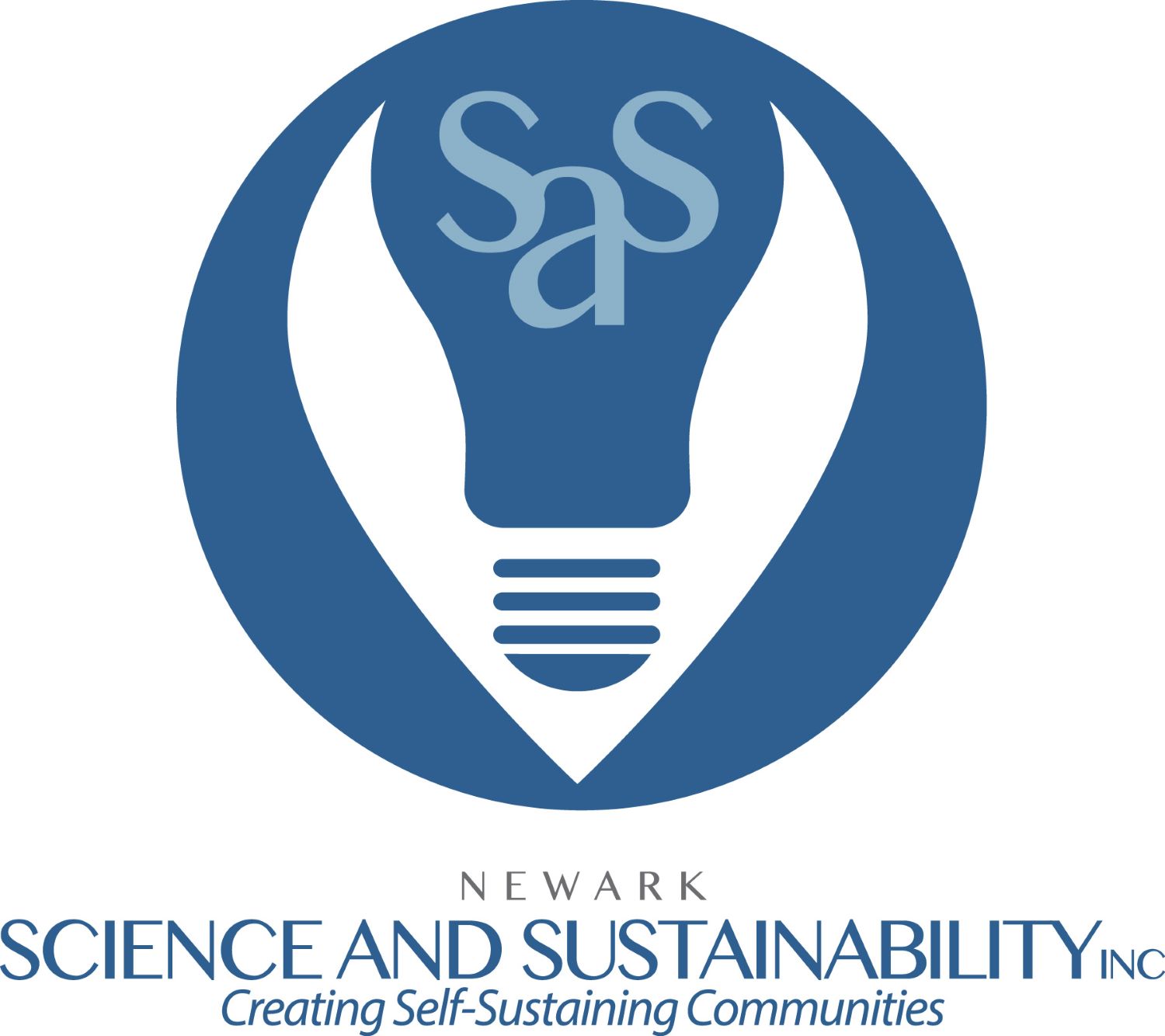Building Partnerships: Education & Community as a Path to Urban Sustainability
Presented by the Newark Environmental Sustainability Institute (NESI) at Rutgers University-Newark and the PSEG Institute for Sustainability Studies at Montclair State University
ROUNDTABLE DISCUSSION HELD ON
October 20, 2016
Rutgers University-Newark
How are centers and institutes formed?
Tobias Fox: Until 2011, my professional experience consisted of technical and creative writing, filmmaking and book publishing. It was around that time I became exposed to the Occupy Wall Street Movement. As I got involved in social and environmental justice, I developed relationships with local green enthusiasts. We came together to brainstorm ideas and solutions to help better life in our communities. After being inspired by Occupy, I was compelled to form an organization that allows me to organize with other serious likeminded people.
We later established guiding principles that would become the foundation or spirit of Newark Science and Sustainability, Inc. or Newark SAS. I’ll share a few of them:
- Be of service to the planet and human race;
- Ensure that every individual is given an unlimited opportunity to discover and nurture their own purpose;
- Encourage collaboration and social entrepreneurship as a means to create tangible and sustainable solutions for social and environmental issues;
- Always be concerned with the health and integrity of our families, communities and environment.
How do centers and institutes establish their mission and goals?
Tobias Fox: I believe that in order to improve social conduct, we have to better understand how our environment shapes behavior. Our programs at Newark SAS aims to awaken the social immune system and bring alarm to societal barriers, showing how we are directly affected by our environment and our capacity to influence change.
Through the use of indoor and outdoor participatory learning experiences, we provide guidance on putting theory into practice while connecting with nature. Beyond training residents in marketable skills that will meet current and future industry demands, we encourage them to strengthen their entrepreneurial abilities and promote self-sufficiency.
What makes centers and institutes successful?
Tobias Fox: What makes Newark SAS successful is really measured by how relevant and well received we are to those we are trying to connect with. By transforming a social movement into a viable center for sustainability we’ve been able to achieve significant outcomes, in spite of limited capacity and resources. We maximize our efforts by working in collaborative partnerships.
How do centers and institutes find funding?
Tobias Fox: As for funding, we currently do not have a paid staff, fulltime or part-time. We are all volunteering as in-kind contributions. But I quickly learned that you cannot grow and sustain an organization or any institution on the backs of volunteers. In order to address our financial challenges, we are actively seeking donations, pursuing grant opportunities, strengthening organizational partnerships, creating social entrepreneurship endeavors, exploring fundraising options and continuously encouraging volunteer support. In the next 2 to 3 years we plan to acquire real estate to house our organization, hire a full-time staff, and the necessary resources to support our programs. This can only happen through a collaborative effort of other stakeholders invested in community development and empowerment.
What is urban sustainability? What would you like to see in a center of urban sustainability?
Tobias Fox: We have to first analyze the term urban sustainability and decide what that actually means. Then determine what social systems are needed for a human society to exist. From there decide if those needs are being met and if people are not living to the highest standard of life.
Social Systems Needed for a Human Society to Exist
*High Quality Healthcare
*Relevant Education
*Clean Air & Water
*Organic Nutritious Food (indoor/outdoor for year-round production)
*Shelter/Housing
*Clothing
*Transportation (mobility)
*Communication
*Recreation
*Economics/Employment (a living wage)
*Safety/Security
How can stakeholders benefit from sustainability centers/institutes?
Tobias Fox: They participate in a social or common good that benefits a larger portion of our society; and in doing so, create tangible solutions to real world problems.
How is your organization connected to the topic of urban sustainability?
Tobias Fox: Newark has a population of approximately 277,000 burdened with an array of socioeconomic and environmental challenges, with 70% of it being impervious surface that contributes to storm runoff. As a major transit hub and port city residents are battling severe respiratory issues. Studies reveal that less than 1/5 of Newark children meet recommendations for vegetable intake. Also, due to poverty many residents can’t afford basic necessities and subjected to certain neighborhoods plagued with violence.
Newark SAS host a variety of educational, hands-on programs around community gardening, ecological building, eco-art, wellness & nutrition education, and the use of clean renewable energy. We strive to empower communities through our advocacy of localized energy production, with programs centered on the cultivation of organic produce, as well as battery pack, pedal bike, solar and wind technology. We plan to grow a generation of ecopreneurs and in doing so stimulate the growth of a local green economy.
What topic areas need the most immediate attention with regards to sustainability? (e.g. clean water, storm water overflow, atmospheric pollution, climate change, diversity and inclusion, small business economic stability, environmental education, best practices in sustainability, etc.)
Tobias Fox: The way we approach our problems is a reflection of our education, which greatly contribute to our failure at solving problems. We must take an interdisciplinary approach toward creating tangible solutions. Can you imagine your internal organs fighting each other, the heart demanding more nutrients because it felt it was more important than the liver? But if I had to make a choice I would definitely start with education, because we are a reflection of the education we received from conception to birth and throughout our physical existence. We need to seriously transform the paradigm of our current education systems.
How could your organization benefit with some input from a sustainability center/institute?
Tobias Fox: Immensely! From research, student volunteers, internships/apprenticeships, providing expert advice, physical space for meetings, workshops, etc. The list can go on and on. We can no longer see our institutions as an extension of the community, but connected to the community’s eco-system. We must expand the learning experience beyond the borders of our college/university campuses.
What are some strategies to building long-lasting successful partnerships?
Tobias Fox: Being transparent and allowing all collaborating parties to participate in the decision-making process.
Do you have any relationships with academic institutions?
For the past four years, we’ve been organizing an annual Sustainable Living Empowerment Conference in partnership with a number of organizations including Essex County College, Saint Peter’s University, and the local business community. The conference attracts nearly 300 attendees.
This intimate, community-driven conference is meant to move people in a way to want to be the change that they would like to see in the world. It is also an opportunity for organizers and grassroots organizations to come together under one roof, share ideas, and move their respective mission(s) forward. Attendees become inspired and empowered by our panelist and roundtable discussions in a way where they become active participants toward the goal of building healthy, sustainable communities.
Where do you see the community and university intersecting?

I would have college students work on projects that could later become their thesis or life’s work. What I mean by this, students would be given an assignment such as transforming a vacant lot into an urban farm that feeds up to 50 families. They would have to collaborate with various campus departments and tap into available resources within the community.
I would have an assignment where we would revisit Hurricane Sandy and have to restore electricity for a neighborhood using renewable energy. They too would have to collaborate with various campus departments and tap into available resources within the community.
Our education must be relevant, and students must be given real world problems so they become problem solvers and true collaborators. Training people to become cashiers contributes nothing to society. I can go on and on about this but I’ll leave it here for now.
Tobias A. Fox, Founder-Managing Director
www.sasglocal.com







